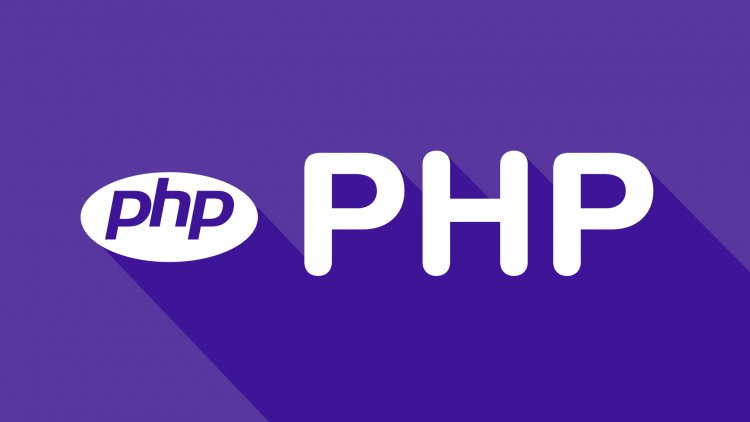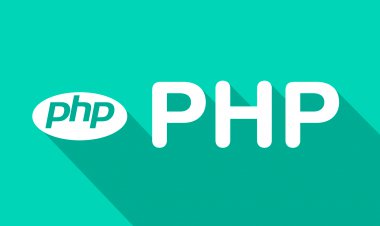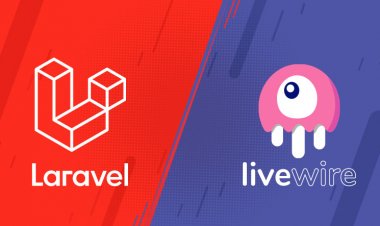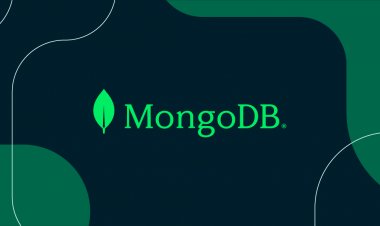What is PHP

What is PHP: Understanding the Language that Powers
the Web
PHP, or Hypertext Preprocessor, is a widely used scripting language that has played a pivotal role in shaping the modern web. From dynamic websites to complex web applications, PHP serves as the backbone of many online platforms. In this article, we'll delve into the world of PHP, exploring its history, features, and its impact on web development.
Table of Contents
- Introduction to PHP
- History and Evolution
- Features and Advantages of PHP
- PHP in Web Development
- Server-Side Scripting
- Popular Frameworks and Content Management Systems
- PHP 7 vs. PHP 8: The Evolution Continues
- Security Considerations
- Getting Started with PHP
- Syntax and Basic Concepts
- Variables, Data Types, and Operators
- Control Structures: Loops and Conditionals
- Functions and Libraries
- Database Integration
- Conclusion: Empowering the Web with PHP
Introduction to PHP
PHP is a server-side scripting language that was initially designed for web development but has since found applications in other areas too. It is embedded within HTML code and executed on a web server to generate dynamic web content. This means that the output a user sees is not fixed but is generated based on various factors like user input and database interactions.
History and Evolution
Created by Rasmus Lerdorf in 1994, PHP had humble beginnings as a tool for tracking website visits. Over time, it evolved into a scripting language capable of dynamic web page generation. The introduction of PHP as a standalone interpreter in 1997 marked a significant step forward, making it a full-fledged programming language.
Features and Advantages of PHP
PHP's popularity is attributed to its rich set of features. It's open-source, easy to learn, and highly versatile. Its compatibility with various databases and web servers makes it an ideal choice for web development projects. Moreover, its extensive documentation and active community support are a boon for developers.
PHP in Web Development
PHP's role in web development is immense. It allows developers to create dynamic websites that respond to user actions in real-time. From user registration systems to e-commerce platforms, PHP enables the creation of interactive and engaging web applications.
Server-Side Scripting
PHP is primarily used for server-side scripting, meaning the code is executed on the web server before being sent to the user's browser. This ensures that sensitive logic and data processing remain secure on the server, enhancing the overall security of web applications.
Popular Frameworks and Content Management Systems
Several frameworks and content management systems (CMS) are built using PHP. Frameworks like Laravel and Symfony provide structure and reusable components for web application development. CMS platforms like WordPress and Joomla simplify content management and website creation.
PHP 7 vs. PHP 8: The Evolution Continues
The release of PHP 7 brought significant performance improvements to the language. It introduced features like scalar type declarations and anonymous classes. Building on this success, PHP 8 further enhanced performance and introduced attributes, union types, and a JIT (Just-In-Time) compiler for even faster execution.
Security Considerations
As with any web technology, security is a crucial consideration in PHP development. Using secure coding practices, sanitizing user inputs, and staying updated with the latest security patches are essential to prevent vulnerabilities.
Getting Started with PHP
To start coding in PHP, you need a web server and a basic understanding of HTML. You can embed PHP code within HTML using special tags. Simple scripts can be written directly in HTML files, while more complex applications benefit from organizing code into separate PHP files.
Syntax and Basic Concepts
PHP syntax resembles other programming languages, making it approachable for developers familiar with C, Java, or JavaScript. Variables, data types, operators, and control structures work similarly to how they do in other languages.
Variables, Data Types, and Operators
PHP supports various data types, including integers, strings, arrays, and objects. Variables are declared using the $ symbol, and operators like +, -, *, and / are used for calculations.
Control Structures: Loops and Conditionals
PHP offers control structures like loops and conditionals to manage the flow of a program. if statements, for loops, and while loops are commonly used to create dynamic behaviors in scripts.
Functions and Libraries
Functions are blocks of code that can be reused throughout a program. PHP provides built-in functions for common tasks, and developers can also create custom functions to modularize code.
Database Integration
PHP seamlessly integrates with various databases like MySQL, PostgreSQL, and SQLite. This enables developers to create dynamic web applications that interact with databases to retrieve, store, and manipulate data.
Conclusion: Empowering the Web with PHP
In conclusion, PHP has revolutionized web development by enabling the creation of dynamic and interactive websites. Its continuous evolution, rich feature set, and active community support have contributed to its widespread adoption. As we navigate the digital landscape, it's clear that PHP will continue to be a cornerstone of web development.
FAQs
Q1: Is PHP difficult to learn for beginners?
A: PHP's syntax is relatively easy to grasp, making it a great choice for beginners in web development.
Q2: Can PHP be used for more than just web development?
A: While PHP is primarily used for web development, it can also be used for command-line scripting and other tasks.
Q3: What is the latest version of PHP? A: As of now, the latest stable version is PHP 8, which brings substantial performance and feature improvements.
Q4: Are there alternatives to PHP for web development?
A: Yes, alternatives include languages like Python, Ruby, and JavaScript (Node.js).
Q5: How do I secure my PHP applications against cyber threats?
A: Implementing secure coding practices, input validation, and staying updated with security patches are crucial steps to enhance the security of PHP applications.

 Donald Green
Donald Green 














